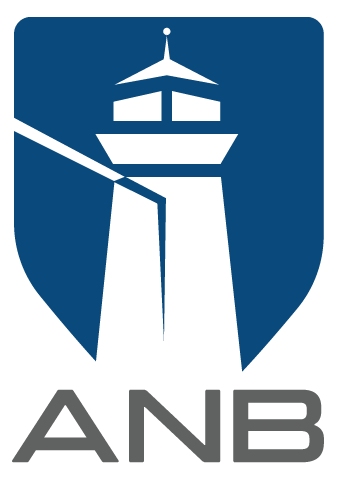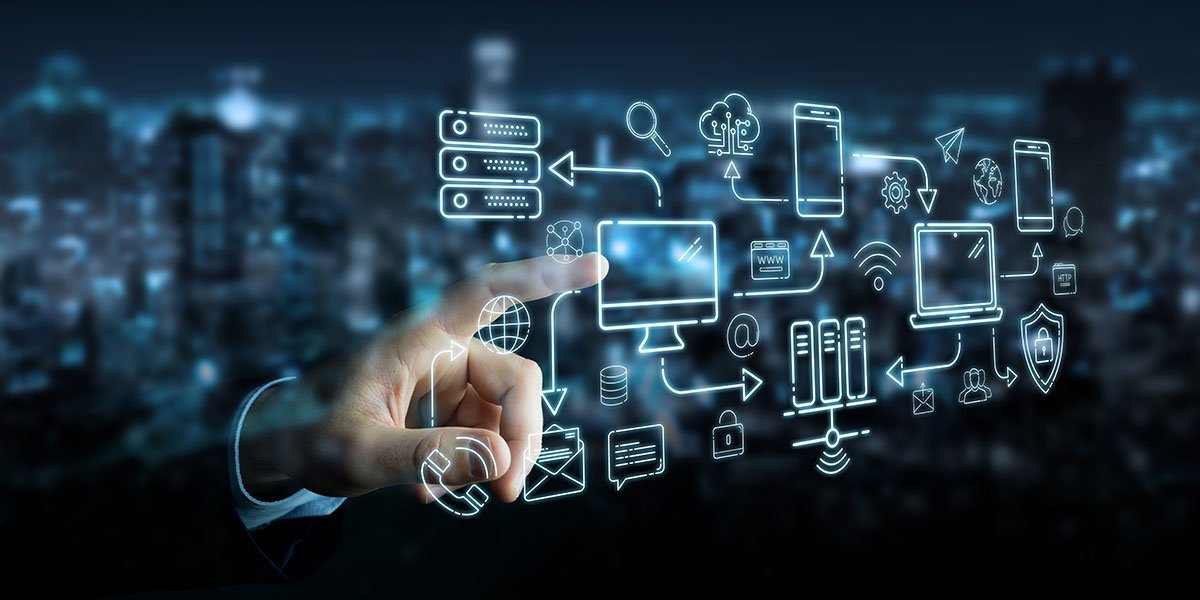System Benefits
- Effective and safe internal communication as well as customer service via chat, email, and video meetings.
- Lower costs are a result of the ease with which computers linked to a local network can share and exchange files, as well as print to, access, and manage shared printers.
- Boost security and protect sensitive information within the company.
- Keep an eye on the activities of the employee and let him work from any location within the office.
- Expand the range of devices that can be connected to the system to include phones, smart TVs, stereos, speakers, lighting, thermostats, window blinds, door locks and security cameras.
- It plays an important role in cybersecurity, as it reduces the possibility of electronic attacks and unauthorized access to important data so that it is not hacked or tampered with.
System Components
- Entrance Facilities is a communications service that enters a building through a hole in the wall to connect it to devices inside the building or room.
- The equipment Room includes all servers, Core Switches, Routers, Firewall, Fiber patch panels Copper Patch Panel and network switches to connect the supply from the entrance facilities to the designated equipment.
- Backbone Cabling They are installed on channels or vertical risers and then the cables are connected to each floor.
- Telecommunication Room is a dedicated room in which local cables, patch cables and patch panels are used to connect different cables.
- Horizontal Cabling is used to transfer data and communications from devices located on premises to the nearest call center, which can be in the same building or a central network location Via fiber optic cables.
- Work Area is the final point, which connects the communications network to the user's device, Via copper cables include Cat6 Or Cat6A Or Cat7 Cables in Wired LANs, while wireless LANs include Wi-Fi technology, to transfer data among devices.
- Software includes operating systems and network management programs to monitor and maintain the network and maintain its security.
Places of Use
- Commercial buildings
- Offices
- Public facilities and government institutions
- Residential buildings
- Schools and universities
- Hospitals
- Commercial centers
- Factories
- Banks
- Airports
- Security centers



